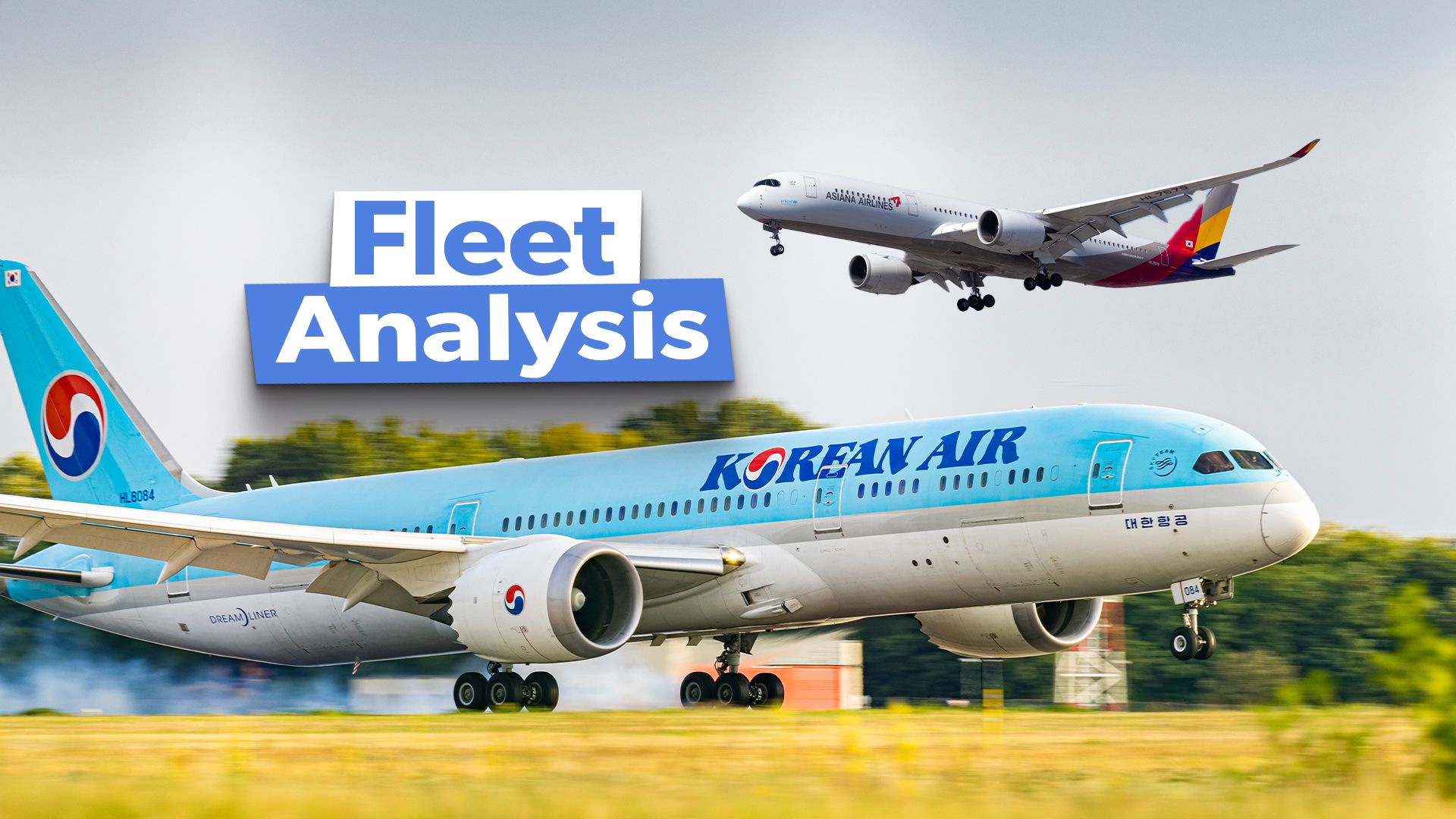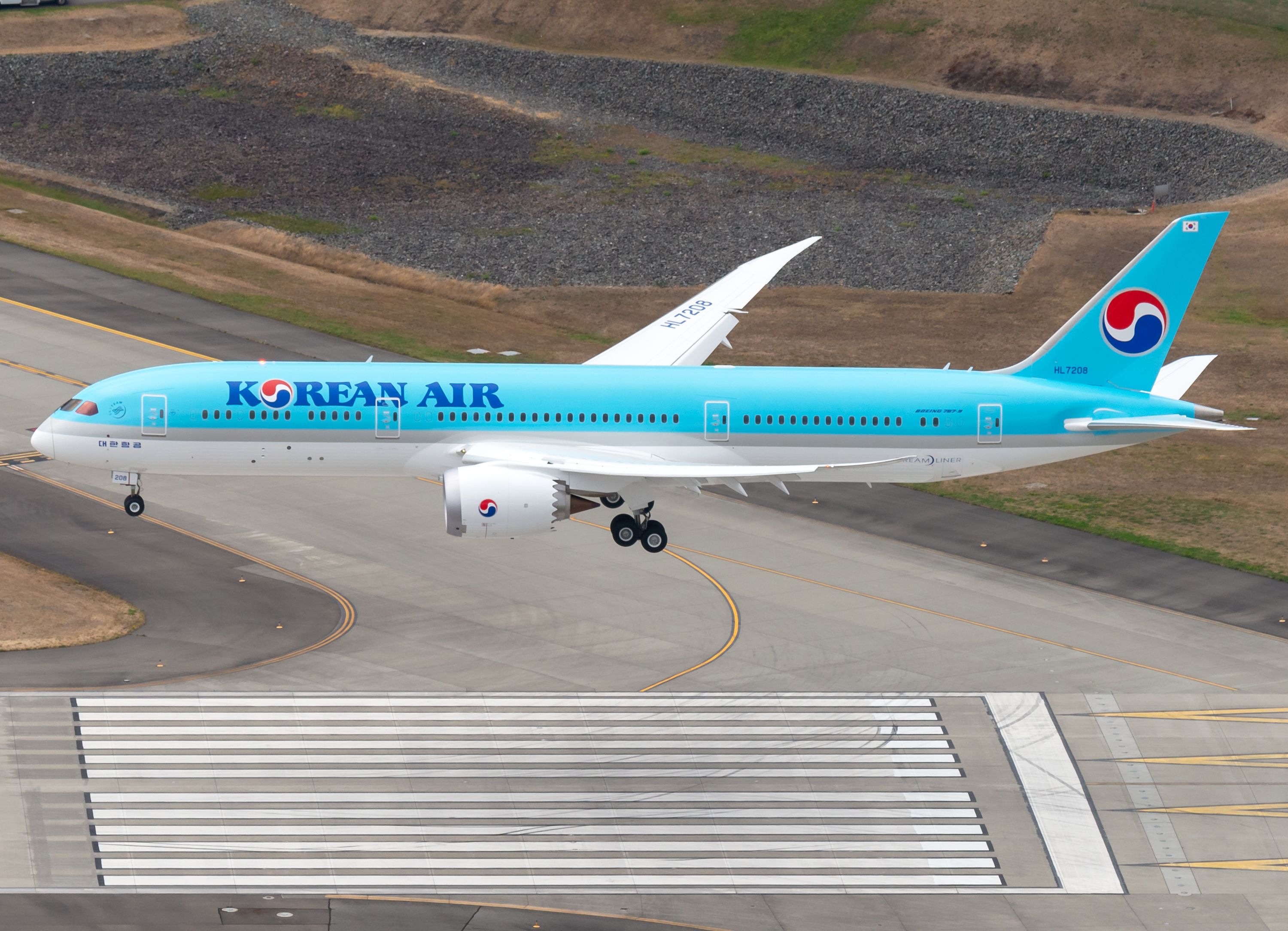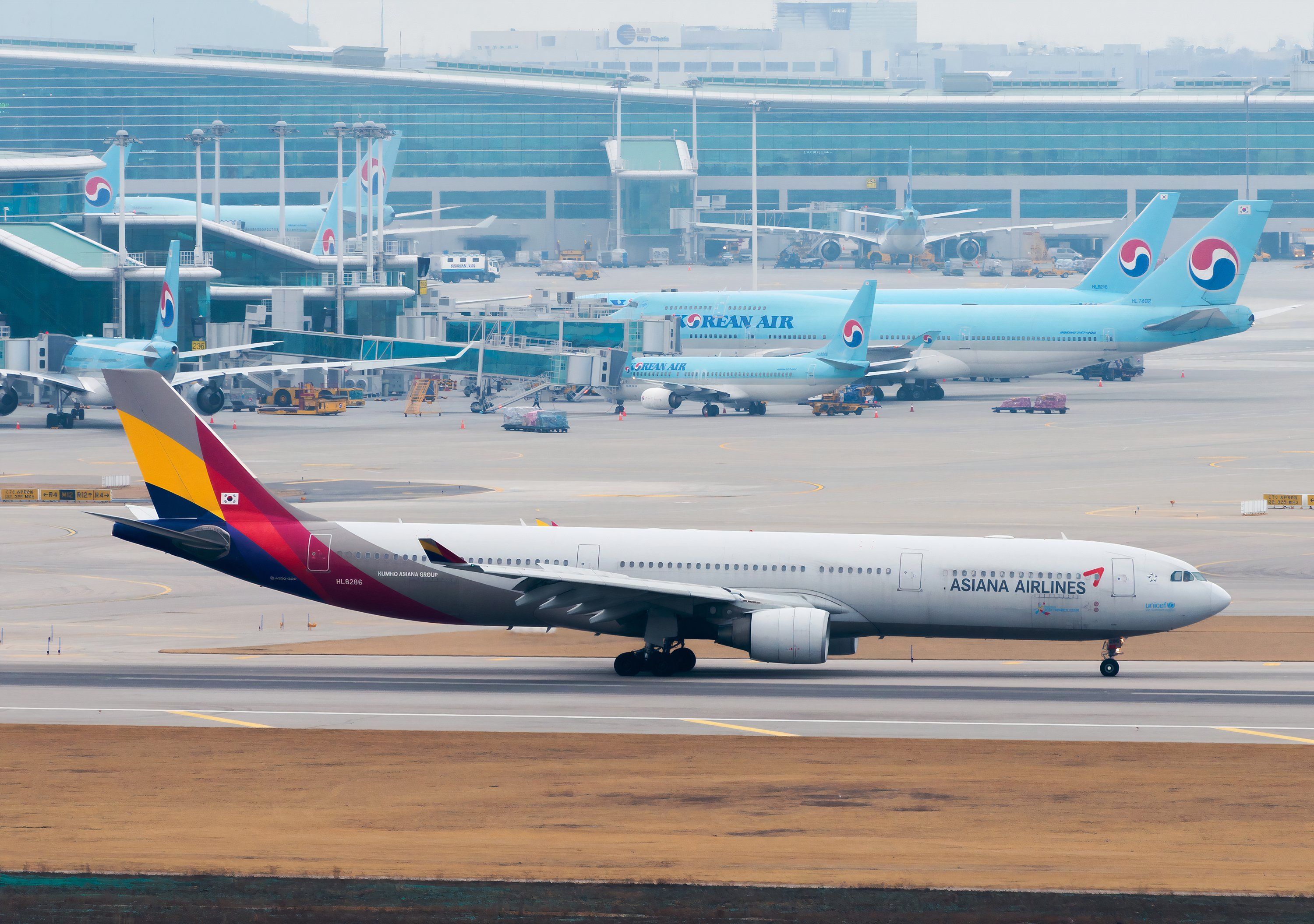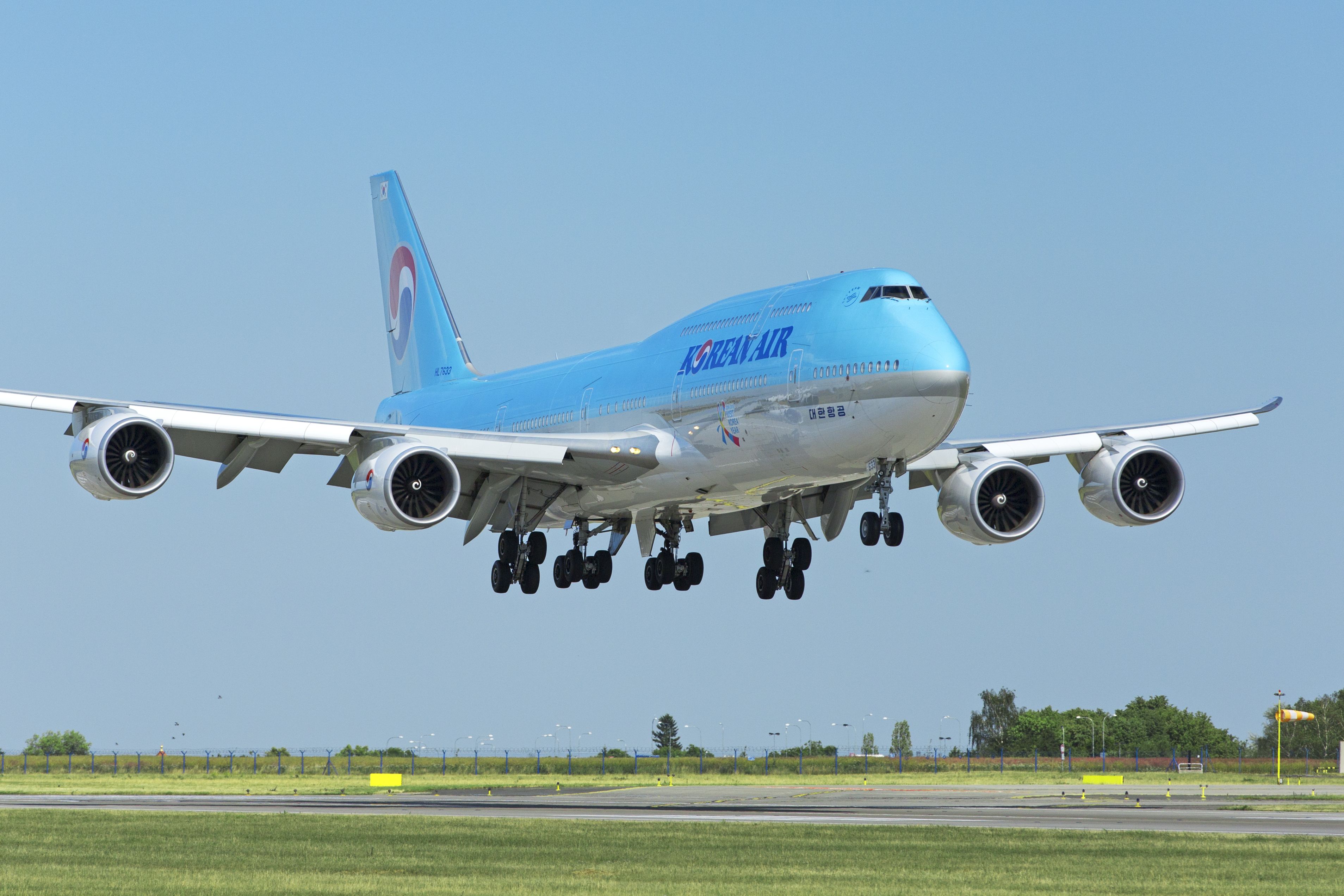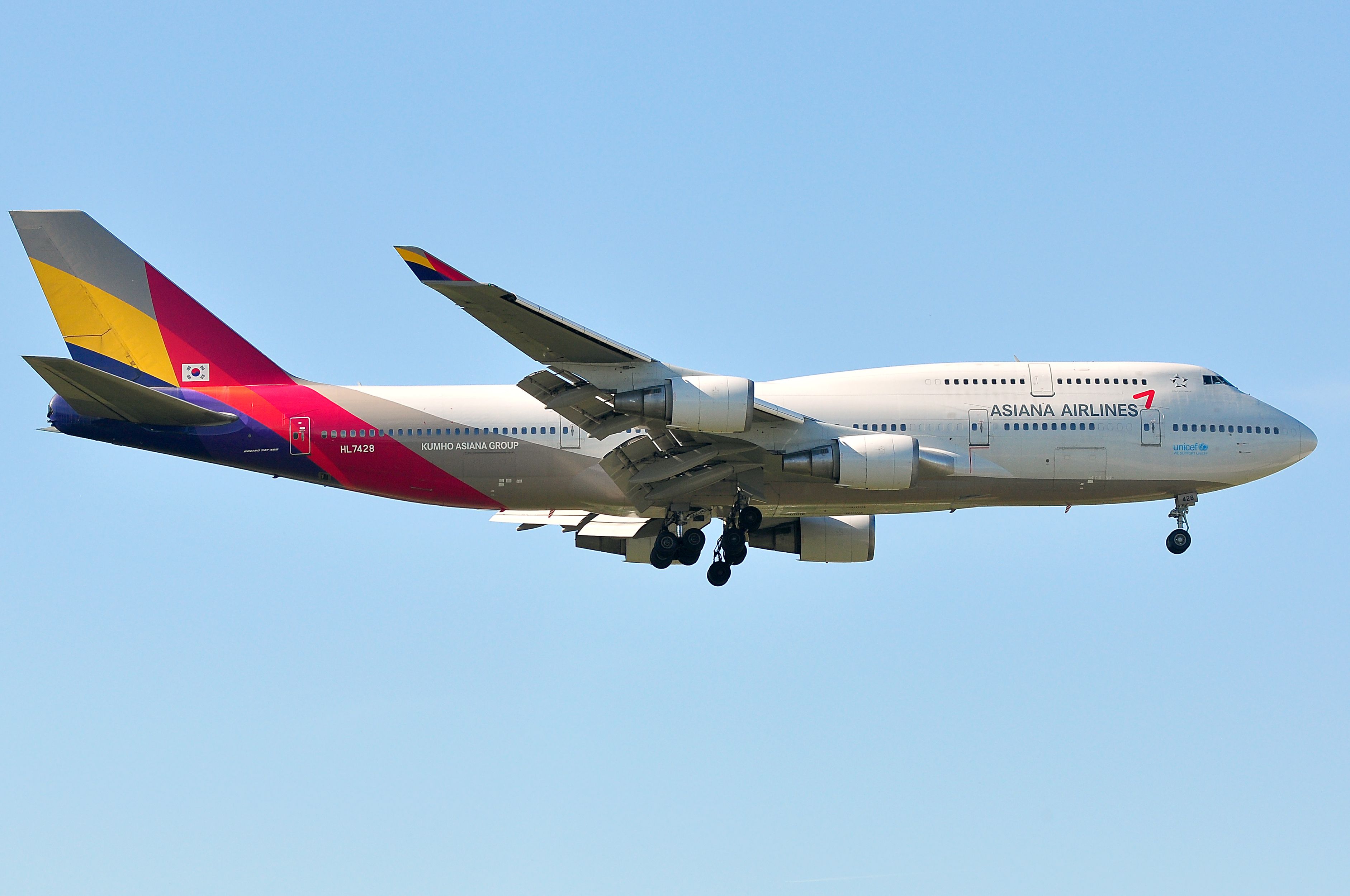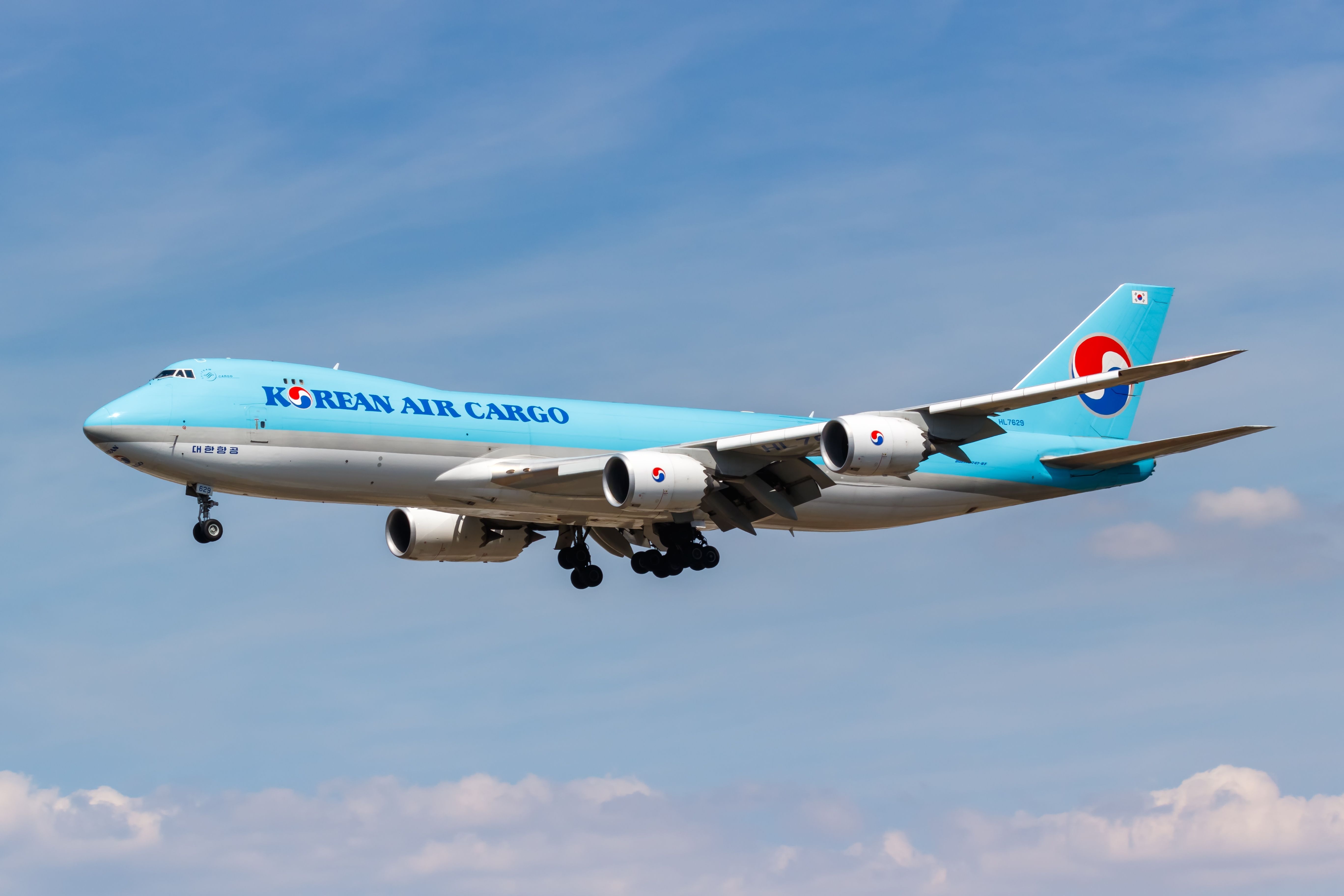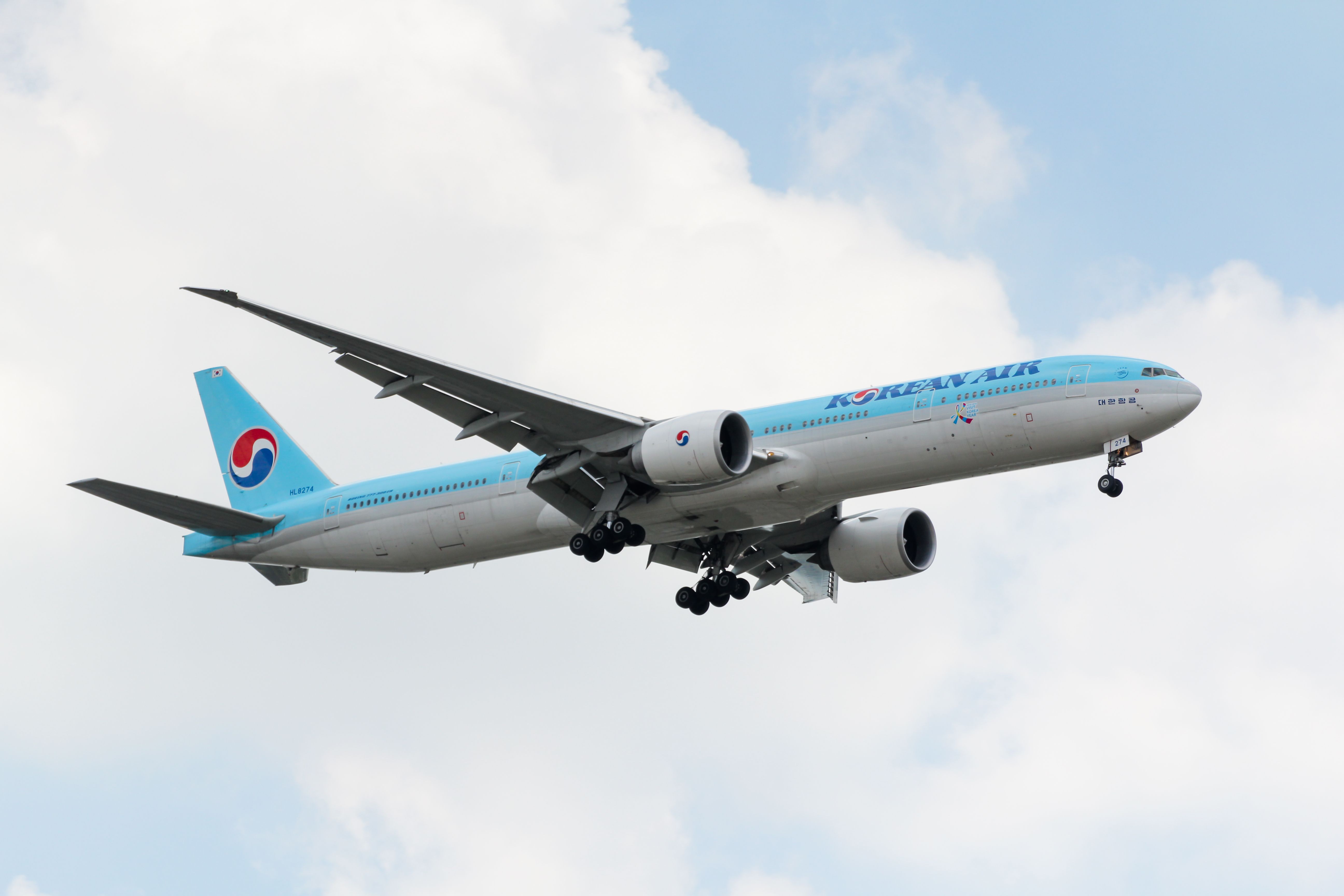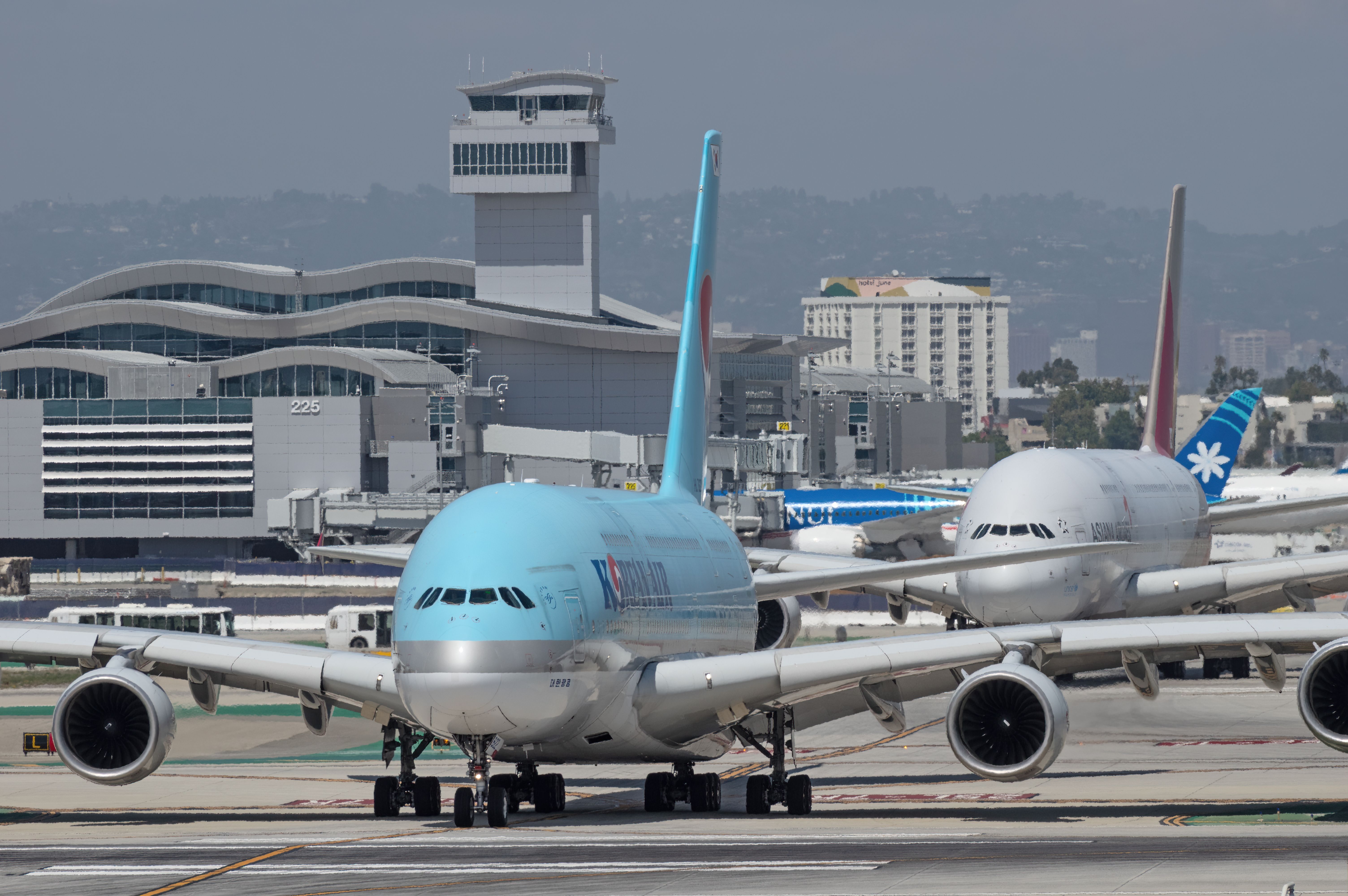As Korean Air
prepares to finalize its acquisition of Asiana Airlines
, the aviation industry anticipates unifying South Korea’s two major carriers into a formidable entity, according to Reuters.
Photo: Thiago B Trevisan | Shutterstock
This merger, valued at approximately $1.3 billion, has navigated a complex regulatory landscape, with the US Department of Justice being the final authority to grant approval. The consolidation is poised to create the world’s seventh-largest airline, offering an opportunity to examine and contrast the current fleets of both airlines and consider the implications of their integration.
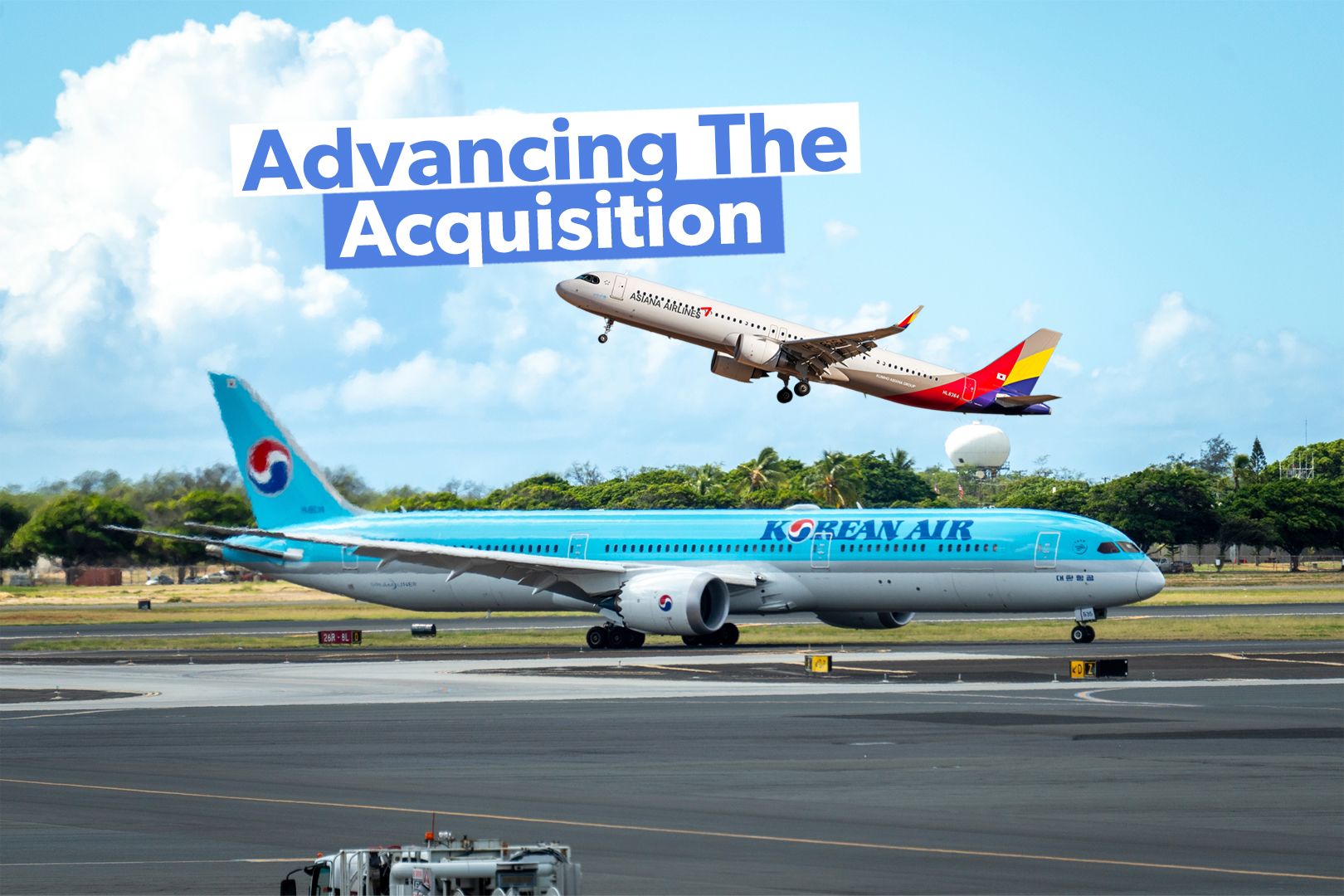
Related
Examined: How The Korean Air & Asiana Airlines $1 Billion Merger Moves Forward Following EU Approval
The two carriers will soon become one of the world’s largest.
Asiana Airlines’ Fleet Composition
According to ch-avaition, Asiana Airlines maintains a modern fleet that emphasizes efficiency and a premium passenger experience. The airline operates the flagship Airbus A380-800 for high-capacity, long-haul routes alongside a significant presence of the Airbus A350-900 and Airbus A330-300.
Photo: Thiago B Trevisan | Shutterstock
Asiana relies on the Airbus A321-200 and Airbus A321neo for regional operations, offering an optimized balance of performance and economy. Boeing models like the B777-200ER complement the lineup for international routes requiring medium capacity. Asiana’s fleet strategy is marked by a dominant reliance on Airbus aircraft, reflecting strategic partnerships and a focus on passenger comfort.
|
Aircraft Model |
Quantity |
Primary Use |
|---|---|---|
|
Airbus A380-800 |
6 |
Long-haul, high-capacity routes |
|
Airbus A350-900 |
15 |
Long-haul and ultra-long-haul routes |
|
Boeing B777-200ER |
9 |
Long-haul international routes |
|
Airbus A330-300 |
15 |
Medium to long-haul routes |
|
Boeing B767-300 |
1 |
Medium-haul routes |
|
Airbus A321neo |
10 |
Short to medium-haul routes |
|
Airbus A321-200 |
12 |
Short to medium-haul routes |
Korean Air’s Fleet Composition
Korean Air operates a versatile and extensive fleet of Airbus and Boeing aircraft tailored to its global operations. The airline includes high-capacity models like the Airbus A380-800 and the Boeing 747-8, catering to long-haul, high-demand routes.
Photo: kamilpetran | Shutterstock
For medium to long-range travel, According to ch-avaition, Korean Air relies on the Boeing 777-300ER and Boeing 787-9 Dreamliner, which are celebrated for their efficiency and passenger comfort. The fleet also features the Airbus A330 series and Boeing 737 family, effectively covering regional and domestic routes. This diverse mix underscores Korean Air’s capacity to address varying market needs and maintain operational flexibility.
|
Aircraft Model |
Quantity |
Primary Use |
|---|---|---|
|
Airbus A380-800 |
9 |
Long-haul, high-capacity routes |
|
Boeing 747-8I |
10 |
Long-haul, high-demand routes |
|
Boeing 777-300ER |
25 |
Long-haul international routes |
|
Boeing 787-9 |
10 |
Long-haul and ultra-long-haul routes |
|
Airbus A330-300 |
20 |
Medium to long-haul routes |
|
Boeing 737-900ER |
16 |
Short to medium-haul routes |
|
Boeing 737-800 |
25 |
Short to medium-haul routes |
|
Airbus A220-300 |
10 |
Regional and domestic routes |
Fleet size and diversity
Korean Air’s fleet is more extensive and more diverse than Asiana’s, reflecting its status as South Korea’s flagship carrier. The airline’s strategic investments in Airbus and Boeing models allow for route planning and capacity management flexibility. In contrast, while modern and efficient, Asiana’s fleet is smaller, with a significant emphasis on Airbus aircraft, indicating a more streamlined approach to fleet management.
Photo: Vytautas Kielaitis | Shutterstock
Historical background:
Korean Air and Asiana Airlines have evolved through decades of strategic fleet expansion, reflecting their growth into global aviation leaders. Korean Air, founded in 1969, began with modest aircraft like the Fokker F27 and Douglas DC-9, later pioneering long-haul travel with iconic models such as the Boeing 747 and McDonnell Douglas MD-11. Asiana Airlines, established in 1988, entered the market with Boeing 737s and quickly scaled up with versatile aircraft like the Airbus A300 and Boeing 747-400, catering to growing regional and international demand.

Related
Asiana’s A380s: This Is Where The Carrier Flies Its Superjumbos
The Seoul-based carrier has operated the Airbus Super Jumbo to various destinations.
Operational Focus and Route Networks
Korean Air’s extensive fleet supports a vast international network, including long-haul flights to North America, Europe, and Oceania. The airline’s investment in widebody aircraft like the Boeing 787 and Airbus A380 facilitates high-capacity routes and enhances passenger experience on long-distance journeys. While also operating internationally, Asiana Airlines has a stronger focus on regional routes within Asia, utilizing its fleet of narrowbody aircraft to maintain high-frequency services to neighboring countries.
Cargo operations
Both airlines have significant cargo operations, with dedicated freighter fleets complementing their passenger services. Korean Air Cargo operates a range of freighter aircraft, including the Boeing 747-8F, serving major cargo hubs worldwide.
Photo: Markus Mainka | Shutterstock
Asiana’s cargo division, which includes 11 Boeing 767 and 747 freighters, has been a vital part of its operations, according to Reuters. However, as part of the merger conditions set by the European Union, Asiana’s cargo business is slated to be sold to Air Incheon, a move aimed at addressing competition concerns.
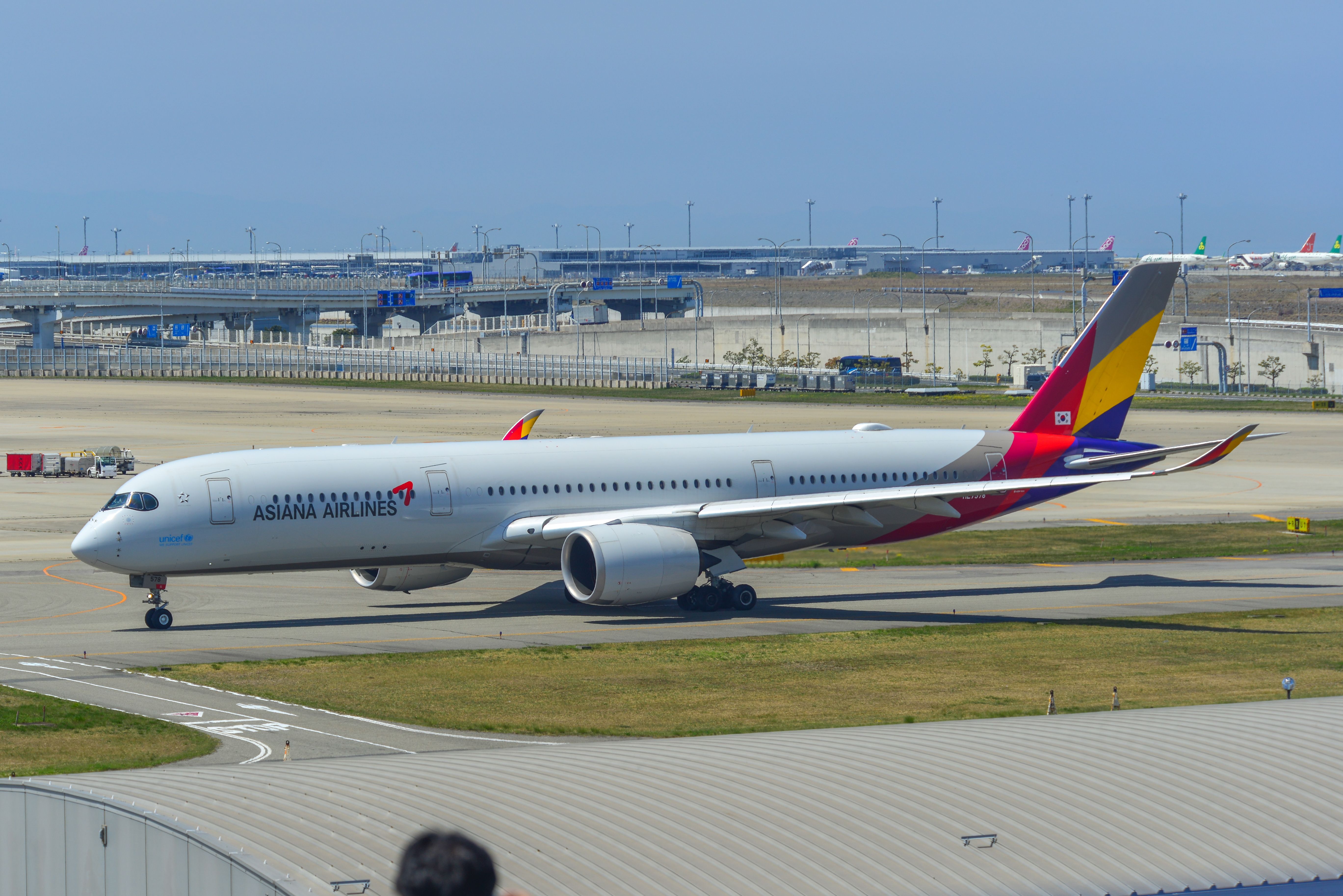
Related
Asiana Airlines To Sell Cargo Branch As Part Of Merger Bid
Asiana Airlines is still awaiting approval from three antitrust authorities for its merger with Korean Air.
Low-Cost Carrier Integration
Reuters reports that the merger also encompasses the integration of the airlines’ low-cost subsidiaries. Korean Air’s Jin Air is set to absorb Asiana’s low-cost carriers, Air Busan and Air Seoul, creating a unified budget airline under the Jin Air brand. This consolidation is expected to enhance operational efficiency and expand the market presence of the combined low-cost carrier, potentially surpassing South Korea’s current largest budget airlines in fleet size and market share.
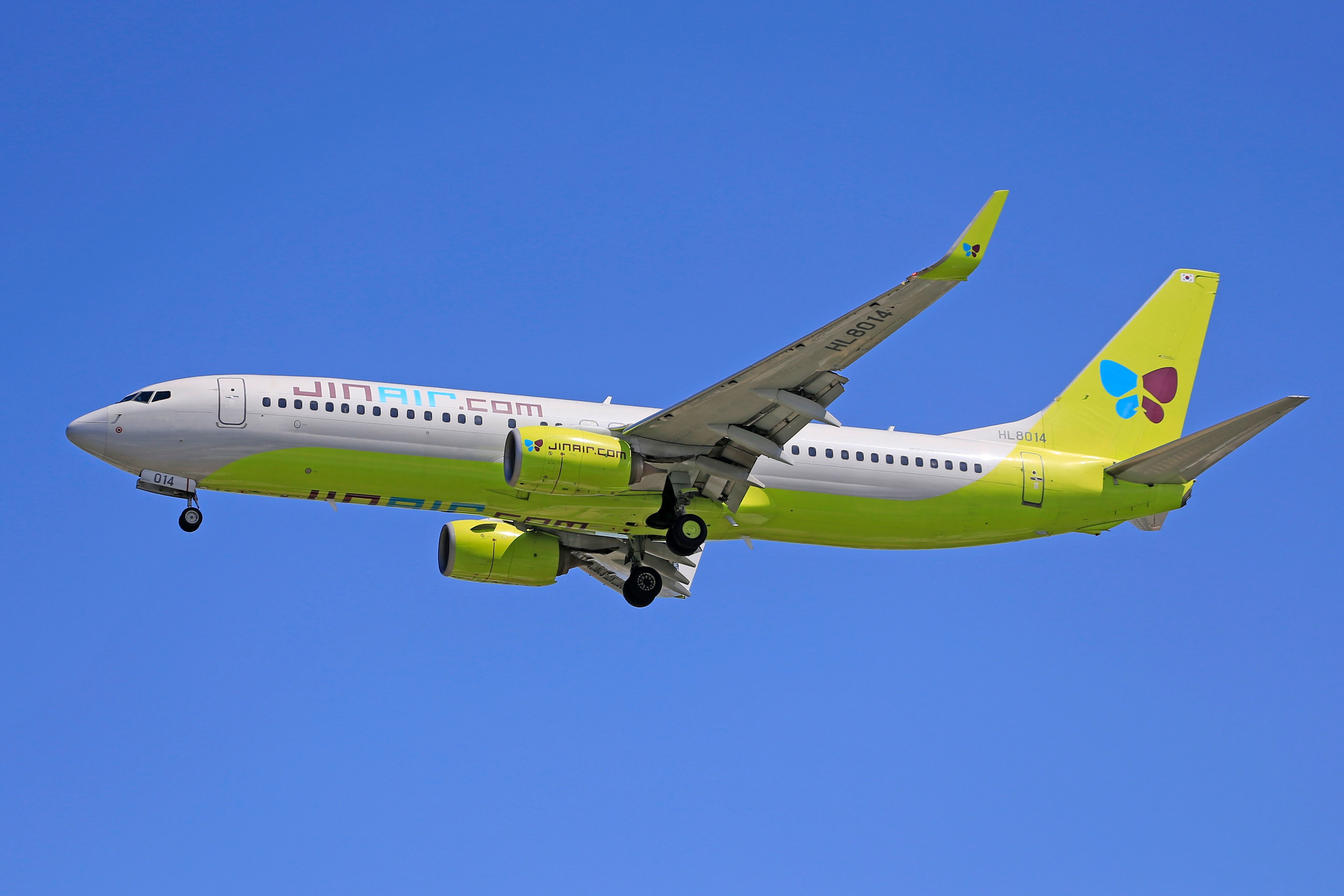
Related
Jin Air Launches Expanded International Services From Muan For Winter 2024/25
The South Korean low-cost carrier has announced three new routes from Muan.
Future Fleet Developments
Photo: Sudpoth Sirirattanasakul | Shutterstock
Looking ahead, Korean Air has announced plans to purchase up to 50 widebody aircraft from Boeing, including 20 Boeing 777-9 and 20 Boeing 787-10 models, with options for an additional 10, according to MarketWatch. This significant investment underscores the airline’s commitment to modernizing its fleet and expanding its global reach. The integration of Asiana’s fleet will further augment Korean Air’s capacity and operational capabilities, positioning the merged entity as a leading player in the global aviation market.
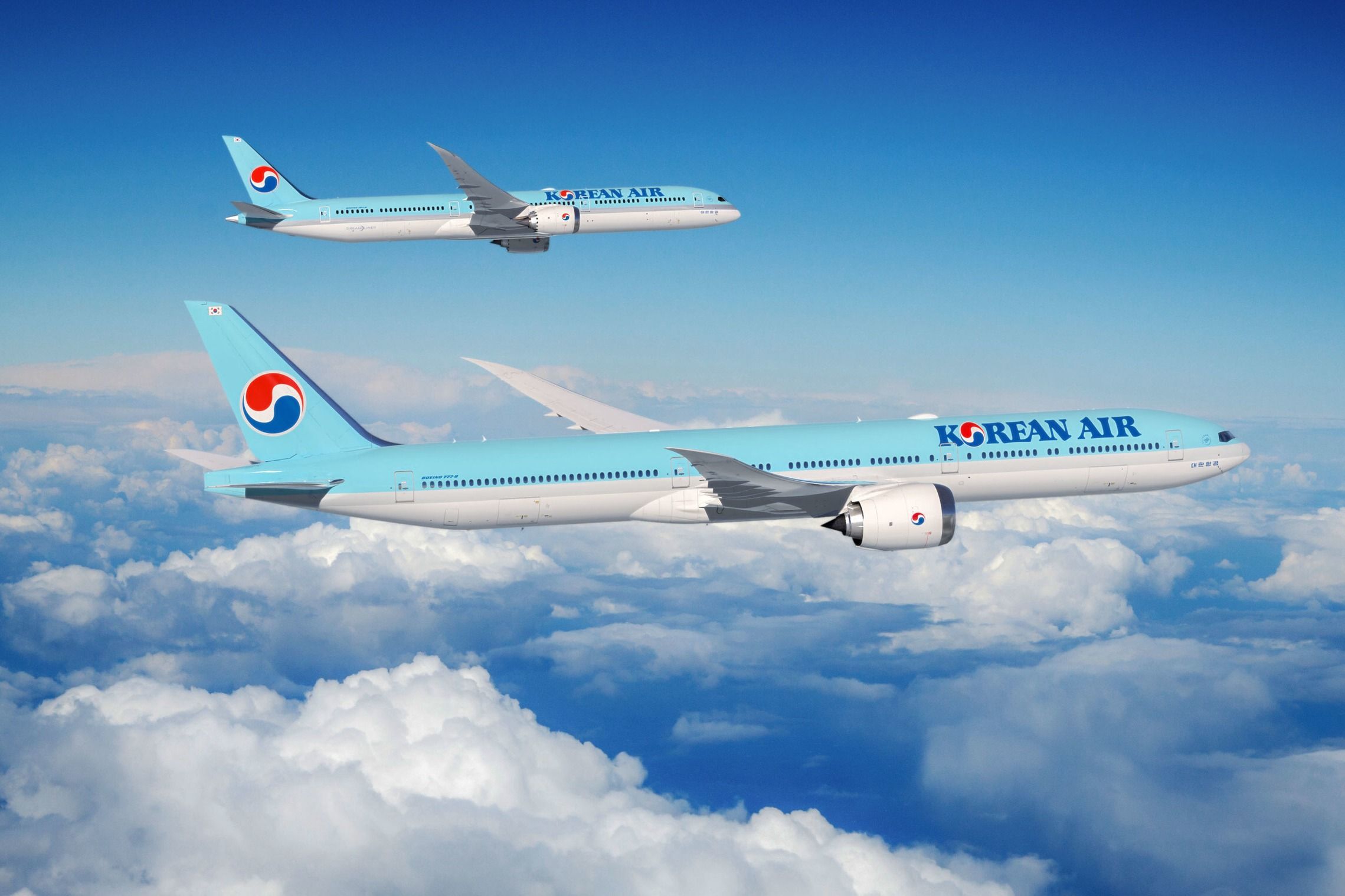
Related
Should Korean Air Order The Airbus A321XLR and A330neo?
Korean Air has a wide range of aircraft from both single and twin aisle aircraft. This ranges from the Airbus A220 to the A380, and the Boeing 737 to the 787 Dreamliner. However, most of these aircraft are starting to show their age. Despite this, the carrier has already ordered 33 A350’s and 20 examples of the highly anticipated 777X. Plus there are additional 787-10’s and -9’s currently on order. Most of these aircraft have higher capacities, however some of the airline’s routes are not A350 capable.
What do you think? Should Korean Air order the A321XLR and A330neo?
Disclaimer: The statement above is shared by one of our readers and does not necessarily reflect the views or ideas of our publication.
A new chapter in South Korean aviation
The impending merger of Korean Air and Asiana Airlines represents a pivotal moment in South Korea’s aviation history. The combined fleet will offer enhanced flexibility, increased capacity, and improved operational efficiency. While Korean Air’s diverse and expansive fleet complements Asiana’s modern and efficient aircraft, the integration process will require meticulous planning to harmonize operations, fleet management, and corporate cultures. As the December 11 completion date approaches, the global aviation industry will be closely monitoring the formation of this new aviation powerhouse.
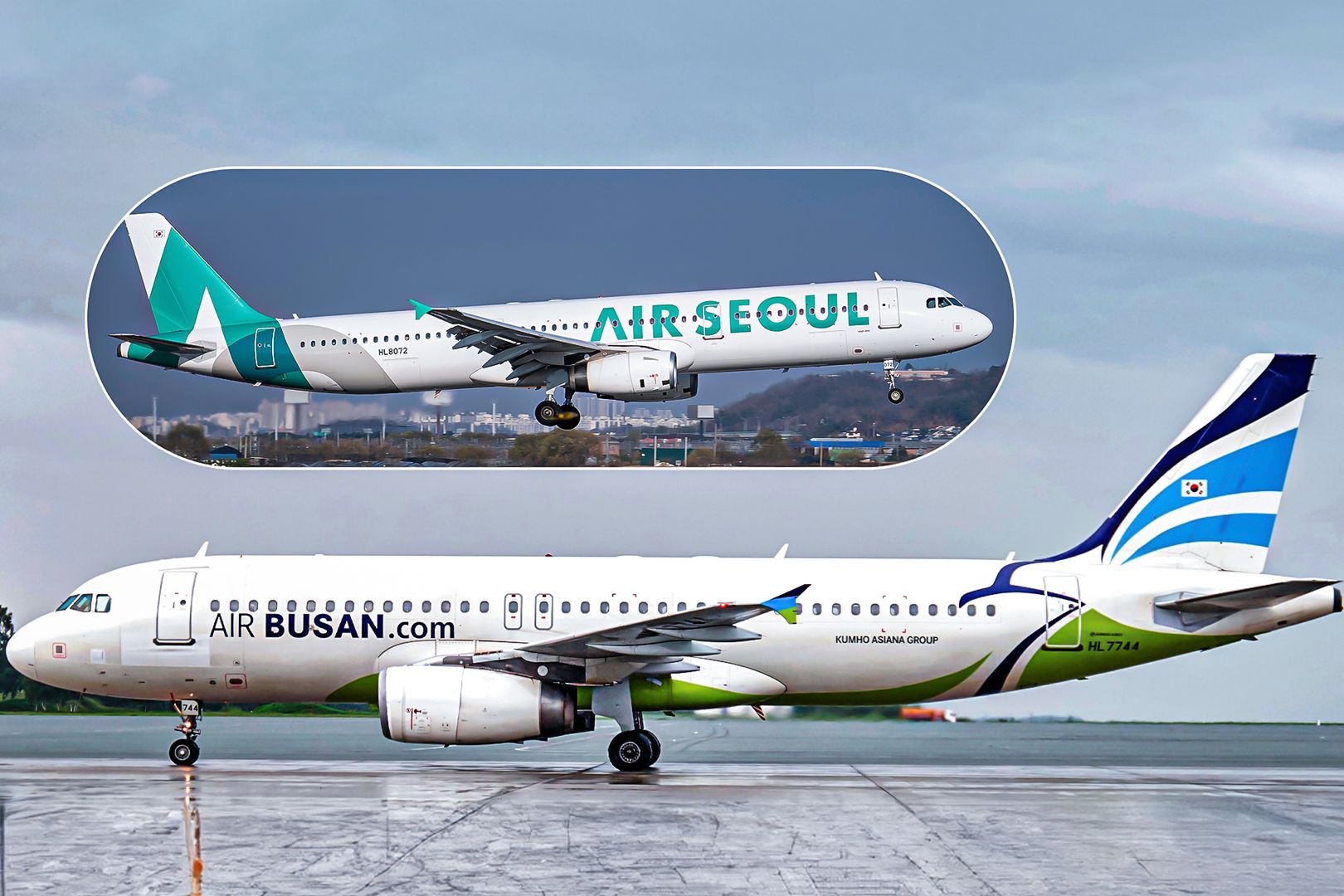
Related
Asiana’s Low-Cost Subsidiaries: Everything You Need To Know
Discover the essential details about Air Seoul and Air Busan, Asiana Airlines’ budget-friendly subsidiaries.
